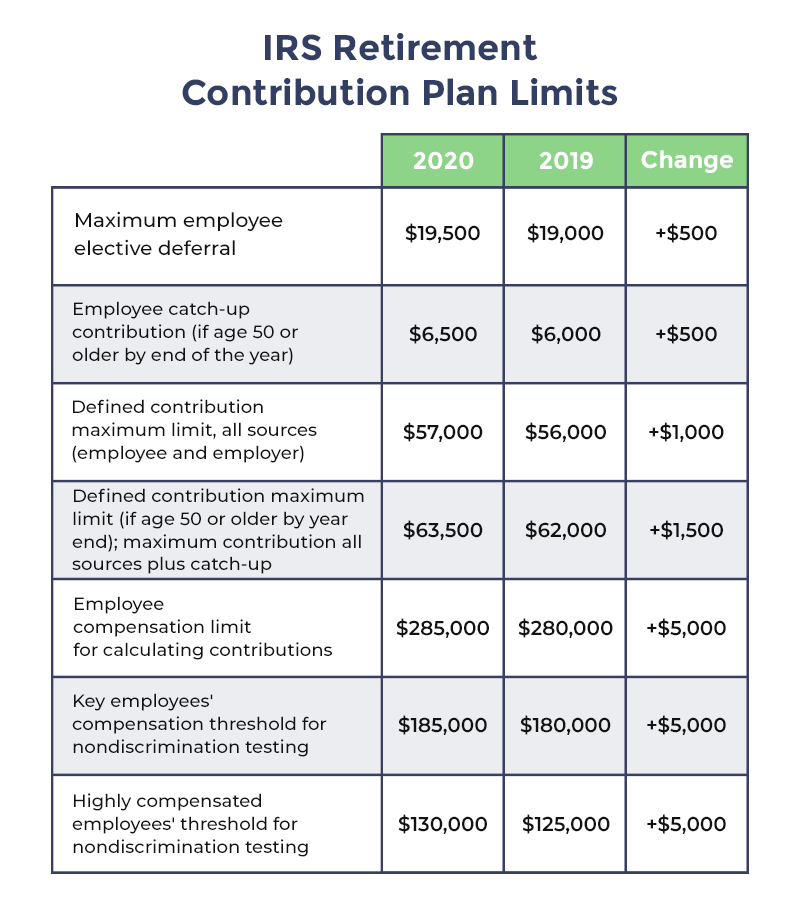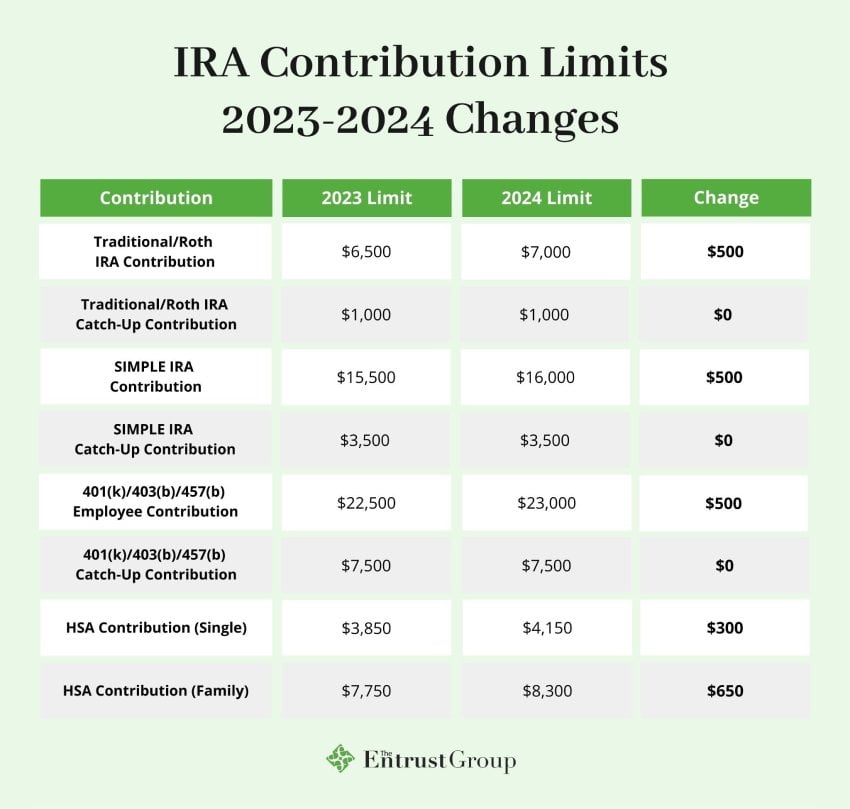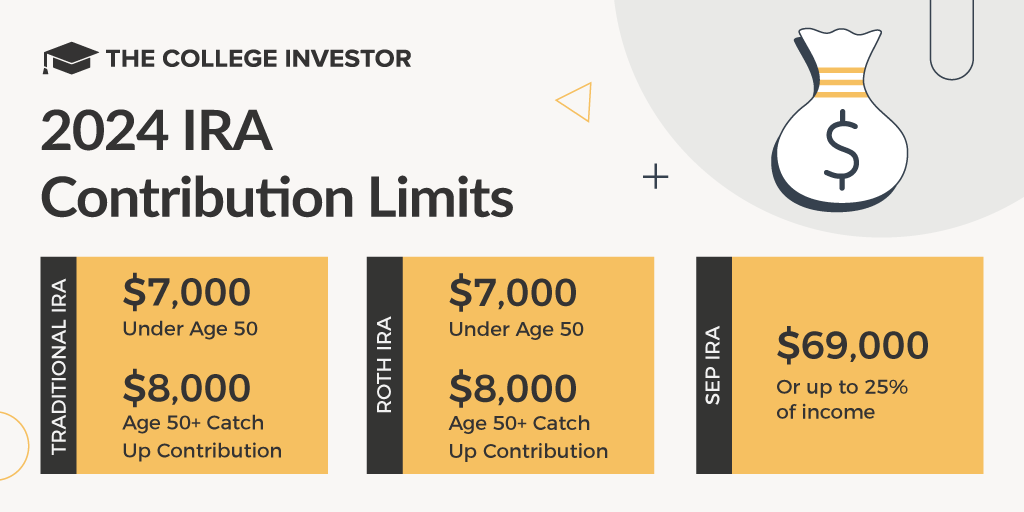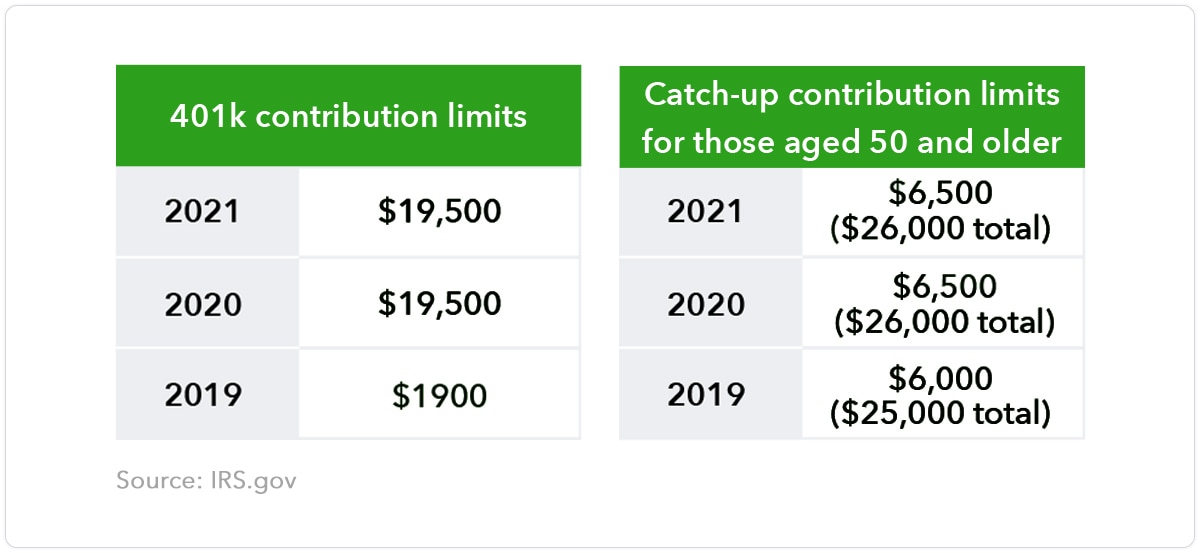Upcoming Retirement Revolution: Key Changes to Expect in 2025 and 2026
Table of Contents
- The Champions of the 401(k) Lament the Revolution They Started - WSJ
- Catch-Up Contributions Into a Roth 401(k) Isn't a Bad Idea | Kiplinger
- Personal Finance
- IRS Delays Secure 2.0 Mandatory 401k Catch-up Contributions until 2026 ...
- Roth Ira Contribution Limits 2024 Catch Up Over 50 - Enid Jesselyn
- Max Total 401k Contribution 2024 - Aurel Caresse
- 2025 Roth Ira Contribution Limits 401k Roth - Roy M Becker
- 2024 Max Roth 401k Contribution Limits - Emily Ingunna
- 2021 401(k) Contribution Limits, Rules, and More
- The Maximum 401k Contribution Limit - Financial Samurai



Changes to Catch-Up Contributions

/401k-contribution-limits-rules-2388221_FINAL-43f987109dd24e6a9d37c24fe2c0a08f.gif)

Expansion of Automatic Enrollment


Roth 401(k) and Roth IRA Changes
The upcoming years will also bring about changes to Roth 401(k) and Roth IRA plans. Starting in 2025, employers will be required to offer Roth 401(k) plans as an option, allowing employees to contribute after-tax dollars to their retirement accounts. Additionally, the income limits for Roth IRA contributions will increase, making it possible for more individuals to take advantage of these tax-advantaged accounts.
Student Loan Repayment and Retirement Savings
In a bid to help employees balance student loan repayment with retirement savings, the 2025 changes will introduce a new feature. Employers will be able to offer matching contributions to employees' retirement accounts based on their student loan payments. This innovative approach will enable employees to prioritize both their retirement savings and debt repayment, without having to sacrifice one for the other.
Increased Transparency and Disclosure
Lastly, the upcoming changes will prioritize transparency and disclosure in retirement plans. As of 2026, plan administrators will be required to provide more detailed information about fees, expenses, and investment options. This increased transparency will empower employees to make informed decisions about their retirement savings and investments. In conclusion, the major retirement plan changes set to become effective in 2025 and 2026 will have a profound impact on the way Americans save for their golden years. From increased catch-up contributions to expanded automatic enrollment and improved transparency, these changes will provide a much-needed boost to retirement savings and security. As the retirement landscape continues to evolve, it is essential to stay informed and adapt to the changing landscape to ensure a comfortable and secure retirement.By staying ahead of the curve and understanding the upcoming changes, you can take proactive steps to optimize your retirement savings and make the most of these new opportunities. Whether you are an employer or an employee, it is crucial to be aware of these changes and how they will affect your retirement plans. Stay tuned for more updates and insights on the evolving retirement landscape.